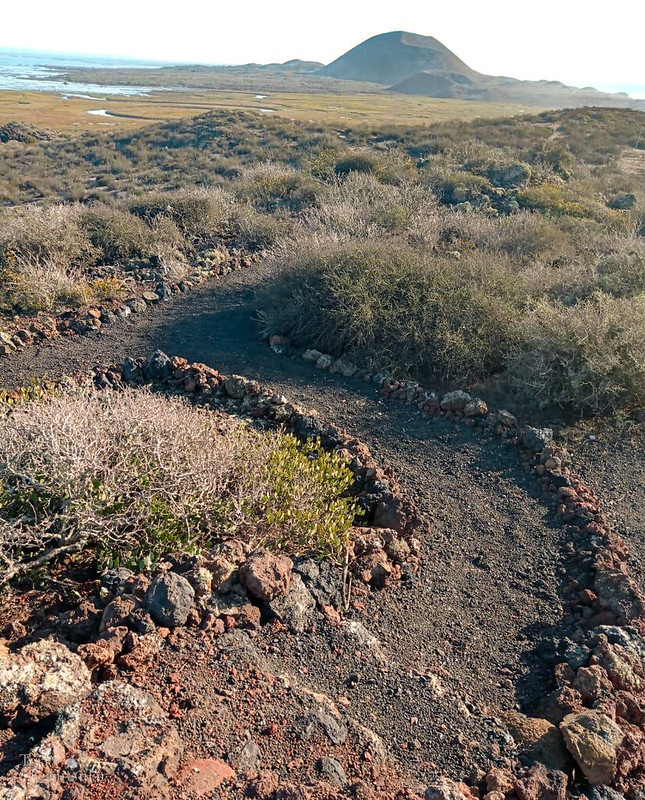

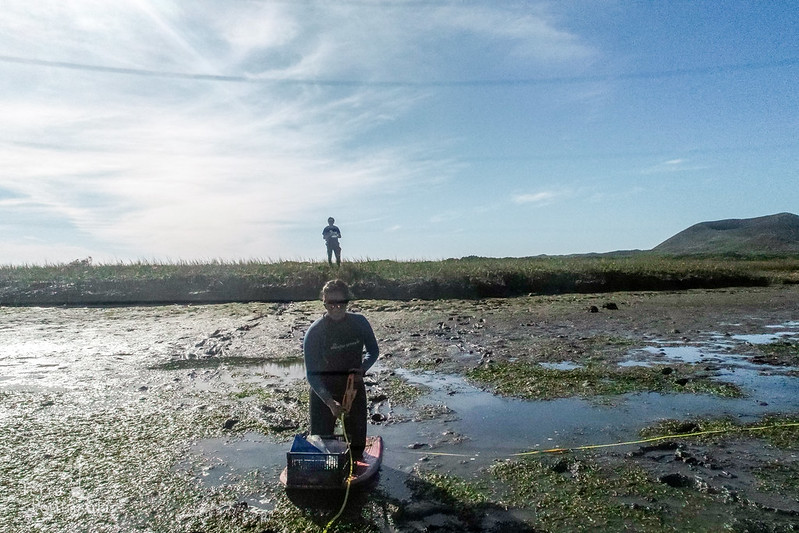
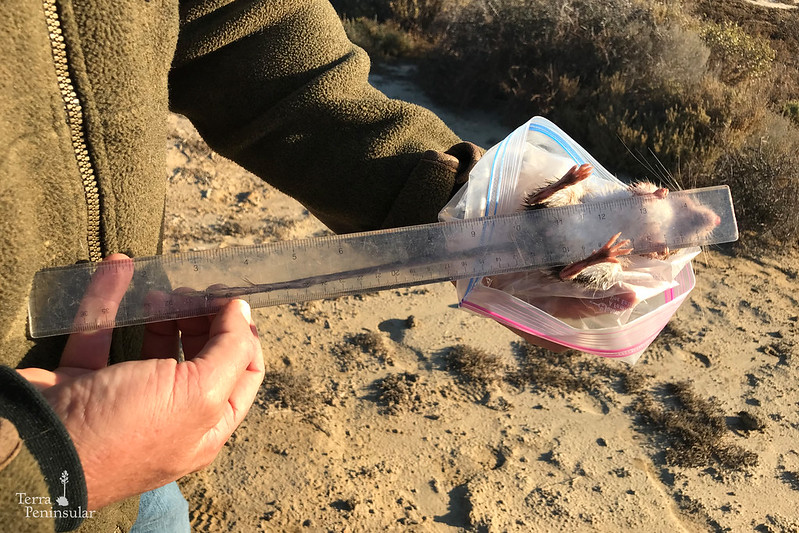
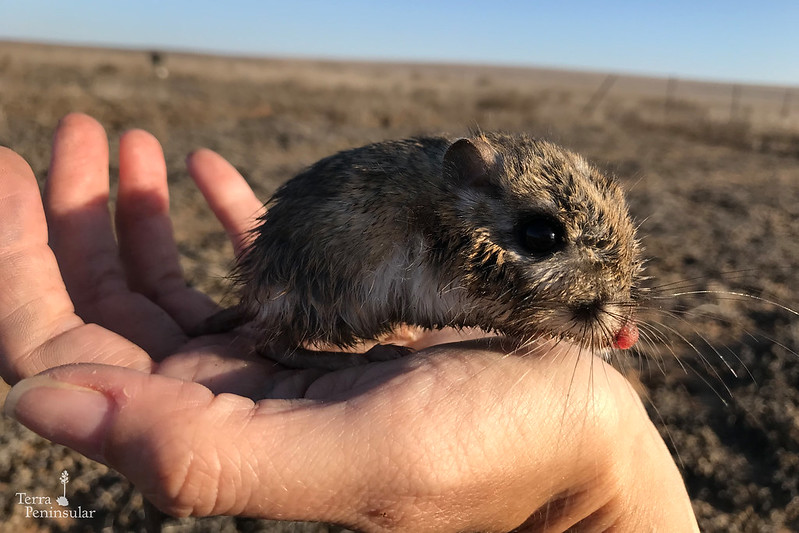
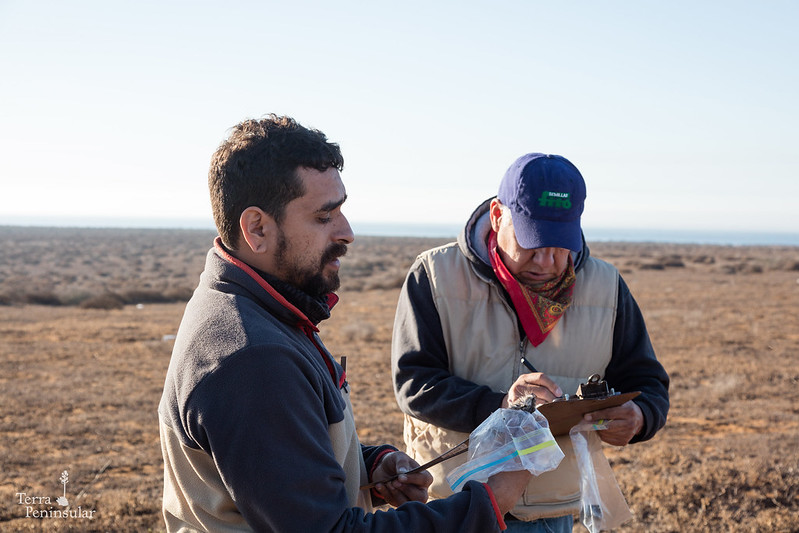
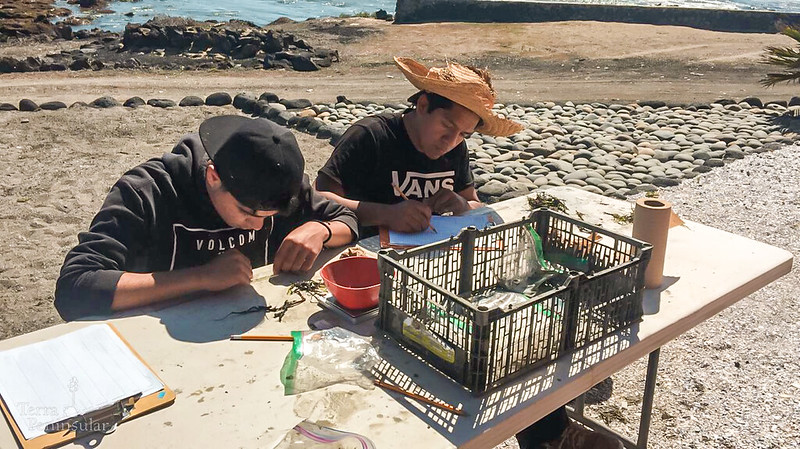
This approach seeks to keep protected natural areas healthy, achieved through biological monitoring activities and implementing surveillance programs, attention to visitors in natural reserves, maintenance of infrastructure, and restoration actions. Adaptive management is built step by step, considering sustainable development and the uses of local communities and scientific knowledge. That is why management actions are closely coordinated with the national and international academic sector, seeking to ensure that the establishment of protected areas responds to global conservation needs. What happens in the protected areas is the basis for long-term conservation actions.
Since 2018 we have been working on the restoration of the dunes of the Punta Mazo Nature Reserve. The restoration sites have been a success: the vegetation reclaimed its space, and today these trails are almost entirely covered with native vegetation. In 2017 we created the conservation program, which aims to implement long-term biological monitoring in the rocky intertidal and wetlands of the San Quintín lagoon complex. Both ecosystems are vulnerable to the impacts caused by human activity, so it is essential to generate tools to help conserve them.
The Public Use Program seeks to identify the opportunities and concerns of each of the stakeholders through participatory workshops with the various actors in the area and a literature search on all scientific work done in the region. This will make it possible to establish a range of opportunities or experiences that will make it possible to regulate the activities carried out in the area. The goal is to find management strategies that maximize the diverse interests of users and the interests of habitat conservation, thus mitigating the human impact, climate change and improving the site's resilience.